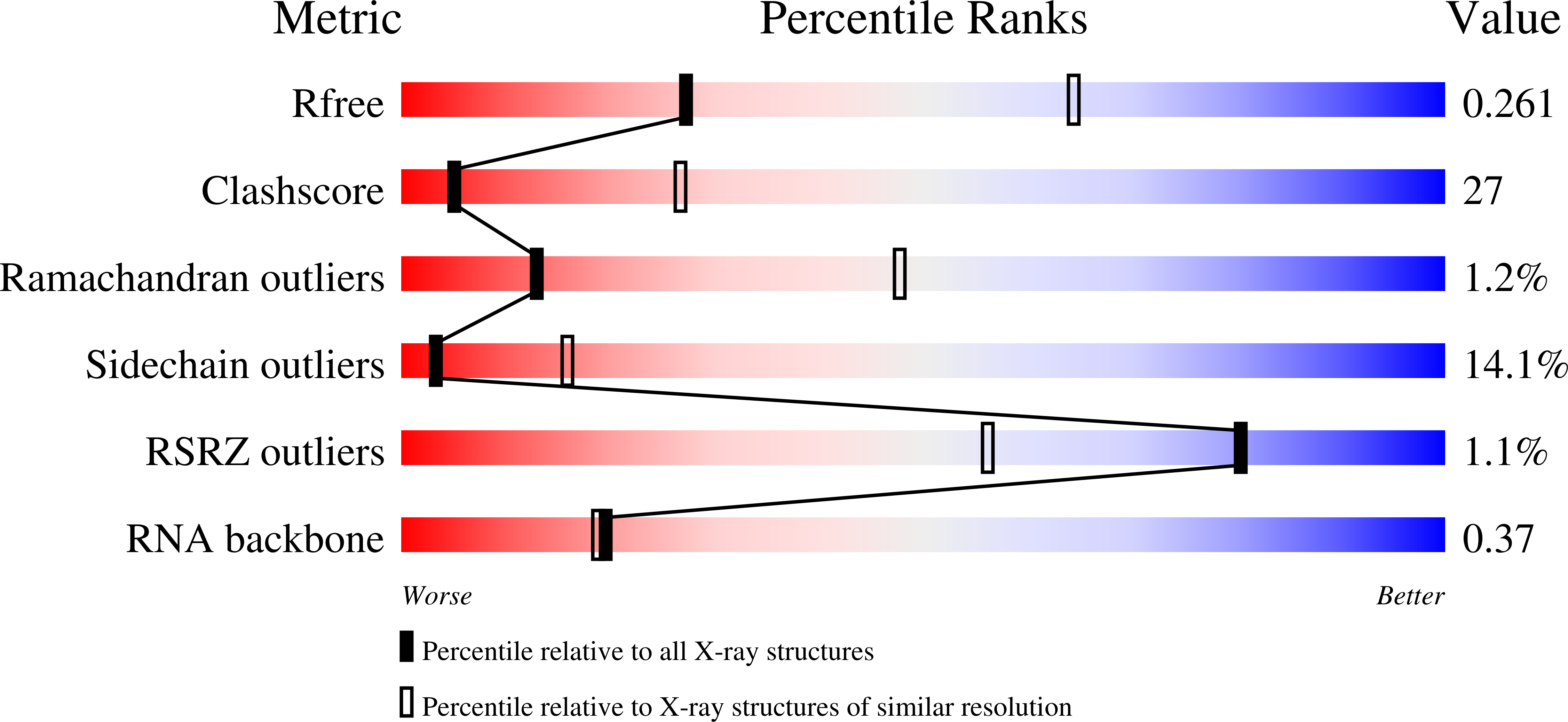
Deposition Date
2010-03-17
Release Date
2010-04-28
Last Version Date
2023-11-01
Entry Detail
PDB ID:
3M85
Keywords:
Title:
Archaeoglobus fulgidus exosome y70a with RNA bound to the active site
Biological Source:
Source Organism:
Archaeoglobus fulgidus (Taxon ID: 2234)
Host Organism:
Method Details:
Experimental Method:
Resolution:
3.00 Å
R-Value Free:
0.27
R-Value Work:
0.19
R-Value Observed:
0.19
Space Group:
P 43 2 2


